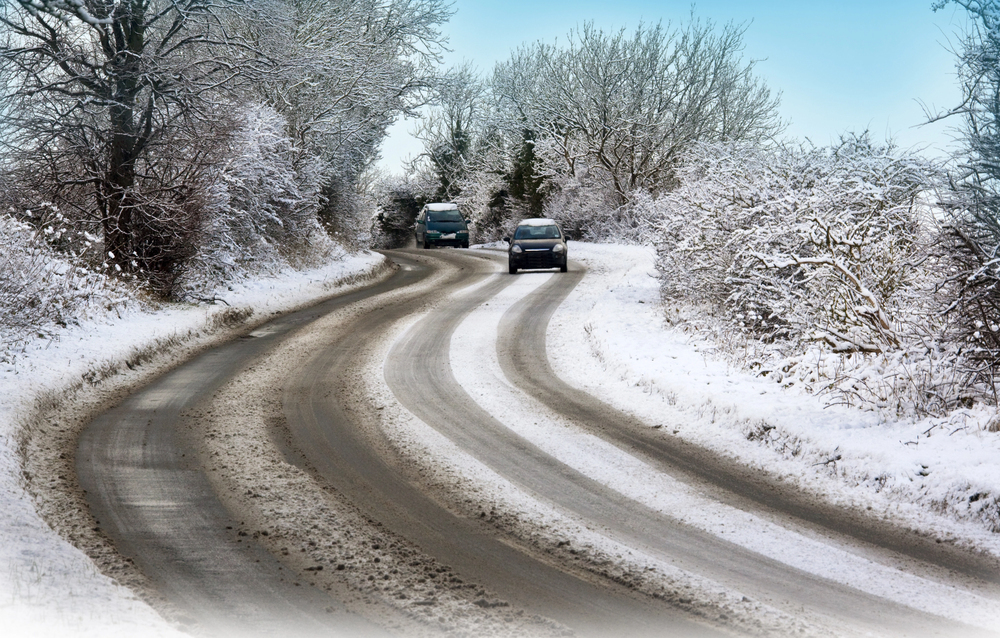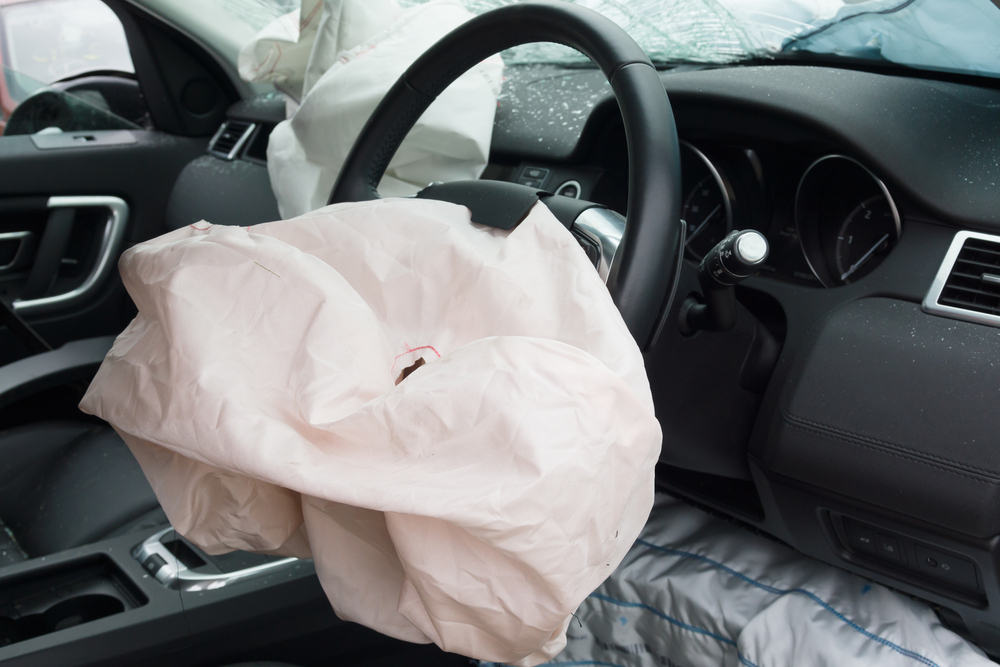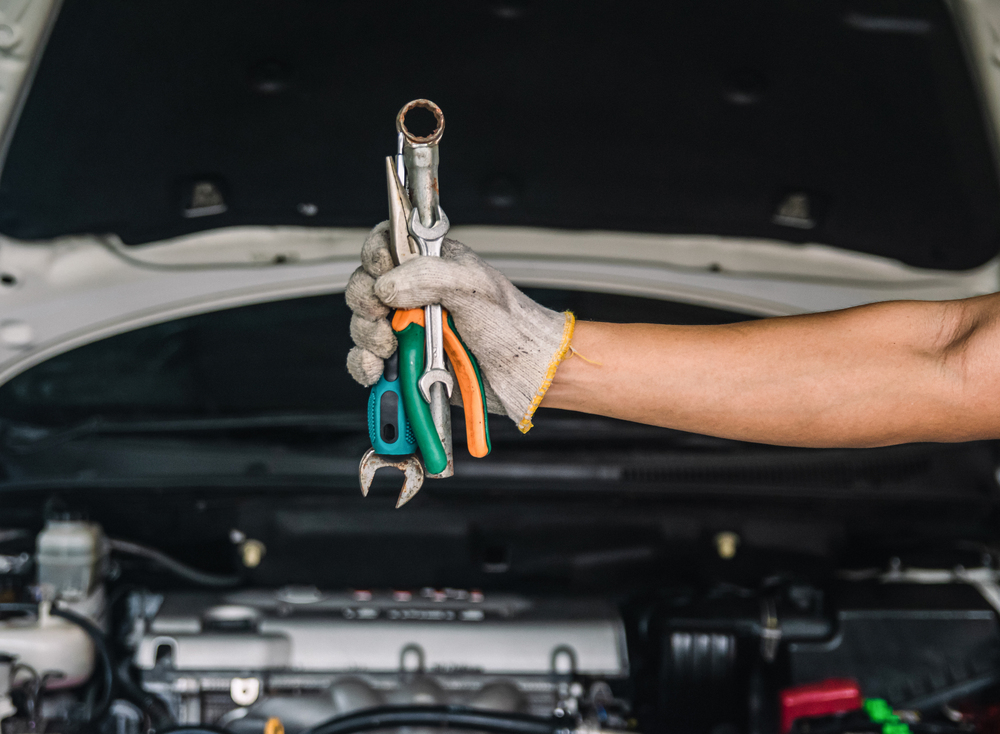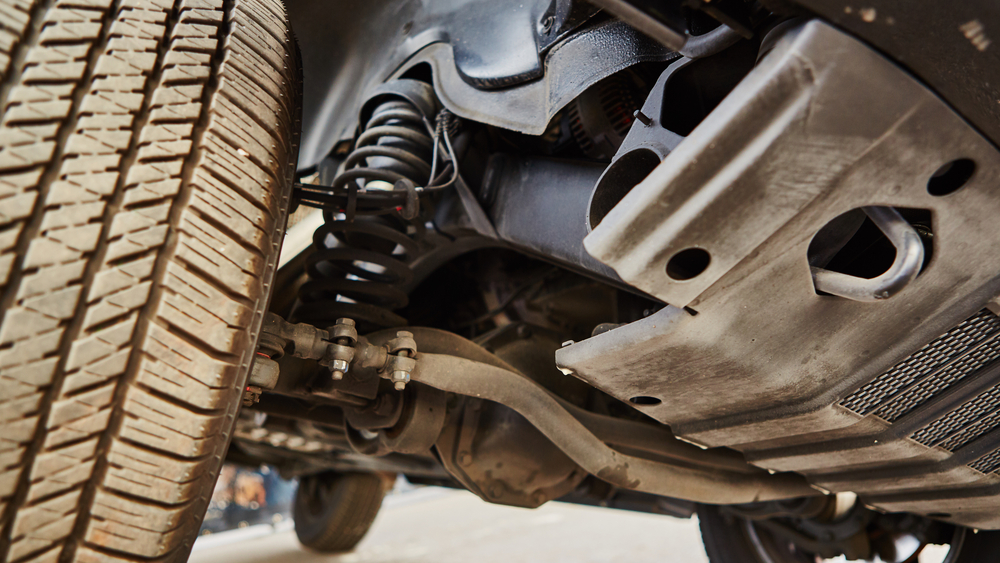As winter approaches in New Jersey, the colder temperatures and unpredictable weather create unique challenges for drivers. You never truly know what you will encounter on the roadways, so it’s ideal to be prepared for whatever may come your way. Ice, snow, and road salt can impact your vehicle’s performance and safety, so taking proactive steps before the first snowfall can help prevent costly repairs and breakdowns later in the season. Here’s a guide on preparing your car for NJ’s winter roads so that you stay safe and avoid winter-related damage.
Key Takeaways
- Check tire tread and pressure regularly, as cold temperatures can cause pressure to drop. Consider winter or high-quality all-season tires for better traction on snowy roads.
- Cold weather strains car batteries, so test yours if it’s over three years old. Replace if it struggles to hold a charge, especially if your car is slow to start.
- Use winter-grade windshield washer fluid and inspect wipers for damage. Consider winter wipers to better handle snow and ice buildup.
- Top off engine oil, antifreeze, and other essential fluids, ensuring brakes are in good condition to handle longer stopping distances in icy conditions.
- Keep essential supplies like an ice scraper, jumper cables, a flashlight, blanket, and snacks in your car for winter preparedness.
1. Check Your Tires and Tire Pressure
Winter driving requires tires with adequate tread and proper inflation to maintain traction on slick roads. Cold weather can cause tire pressure to drop, so start by checking the tread depth and pressure. If your tire treads are worn, consider switching to winter tires or at least ensuring your all-season tires are in excellent condition. Additionally, monitor tire pressure throughout the season, as lower temperatures can continue to reduce it.
Consider keeping a tire gauge in your glove compartment and check the tire pressure regularly, especially if you notice any changes in handling.
2. Inspect Your Car’s Battery
Cold weather strains car batteries, which can lead to sudden failure in frigid temperatures. Batteries over three years old are especially susceptible to winter breakdowns, so it’s wise to test your battery to see if it can hold a full charge. If you notice that your vehicle is slow to start or your battery terminals show corrosion, it’s time to consider replacing the battery.
3. Refill and Replace Windshield Wiper Fluid
Keep a spare bottle of windshield washer fluid in your trunk, especially for long winter drives, and make sure that fluid is rated for winter. Winter road grime can obscure your windshield, reducing visibility, so you are going to want a clean windshield. Also, check your windshield wipers for cracks or damage, and replace them if needed. Winter wipers are specifically designed to handle snow and ice buildup, so investing in a pair can be worthwhile for added safety.
4. Inspect and Fill Fluids
After replenishing the windshield wiper fluid in your car, you may also want to check the other fluids. Top them off or replace them before temperatures drop. This includes engine oil, antifreeze (coolant), and transmission and brake fluids.
For engine oil, keep in mind that thinner oil is generally better in the winter. Most vehicles these days take 0W or 5W (which are adequate for NJ’s weather), but if you are unsure, consult with a mechanic or your car’s owner manual.
You also want to double check your transmission and brake fluid, as cold temperatures can make these fluids thicker. Make sure the levels are correct to ensure proper performance.
5. Check the Brakes
Wintry conditions will test your reflexes and your brakes. In other words, be prepared for increased stopping distances by keeping your brakes in good condition. Listen for any squeaking or grinding sounds when braking, as these indicate that your brake pads or rotors need attention. It’s best to have a mechanic inspect your brakes and ensure they’re functioning properly before winter conditions set in.
6. Test the Heating and Defrosting Systems
In order to drive safely, you need to be able to see. That is why your car’s heating and defrosting systems are critical for comfort and visibility in the winter. Run your heater to ensure it’s functioning well, and check that the defroster effectively clears fog or frost from your windows. If your defrost system isn’t working properly, it’s better to address it early before winter weather sets in. For smokers or those driving through smoggy areas, consider cleaning the inside of the windows to reduce fog buildup and improve visibility.
7. Keep Emergency Supplies in Your Car
Prepare an emergency kit that includes essential items in case of a breakdown or unexpected delays in harsh weather. Recommended items for winter include:
- Ice scraper and snow brush
- Jumper cables
- Flashlight with extra batteries
- Blanket and extra warm clothing
- Non-perishable snacks and water
- Basic first-aid kit
Having these supplies on hand can make all the difference if you’re stranded on a snowy road.
8. Consider Waxing and Undercoating
Protect your car’s paint and undercarriage from road salt and moisture, which can lead to corrosion. Wash your car regularly to remove salt buildup. Applying a coat of wax helps shield your car’s exterior, and undercoating can add an extra layer of protection underneath. Both will reduce the risk of rust and extend your vehicle’s lifespan through the winter months.
Looking for a Collision Repair Shop in South Jersey?
Winter is unpredictable, and so it make sense that the roadways will also be chaotic. Around the holidays, and even the months beyond, the cool temperatures and chance of precipitation increase the likelihood of getting into an accident or breaking down. Be sure to do some routine maintenance on your car. Be prepared for emergencies. Doing so will make such stressful events a little less hectic and help keep your vehicle in better condition.
If you do find yourself in need of collision repair this winter, contact Elmer’s Auto Body at one of our three South Jersey locations. We offer high-quality collision, hail, and dent repair.






